Stewart History
The Stewart dynasty descended from King Robert I's daughter and her husband, Walter the Steward. Despite early unrest and weak government caused by several Stewart kings succeeding as minors, the dynasty flourished for over three centuries.
During this time, Scotland moved forward to become a modern and prosperous nation. Stewart monarchs such as King James IV and VI were Renaissance patrons of artistic, scientific, commercial, religious and political endeavor, sponsoring figures including the poet Robert Henry son and humanist George Buchanan.
Also of significance was the arrival in the mid-sixteenth century of the Reformation movement, bringing about the replacement of Catholic Mary Queen of Scots by her son King James VI.
It was through the Stewart dynasty that the two thrones of England and Scotland - and later the governments - came to be united.
The 'Marriage of the Thistle and the Rose' took place at Stirling Castle in 1503 between King James IV and Princess Margaret Tudor, daughter of King Henry VII of England.
This union of the Scottish and English Royal families eventually led in 1603 to the succession of a Stewart (now with a change of spelling) to the throne of England.
(From the official website of the British Monarchy)
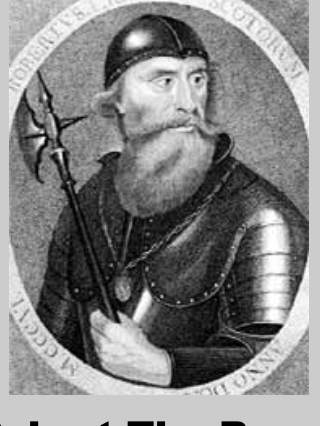
Robert The Bruce
(1306-1329)
Robert Bruce is surely the greatest of all the great Scottish heroes, yet the Hollywood movie Braveheart gave all the heroics to his compatriot William Wallace, making Bruce out to be nothing more than a self - serving opportunist.
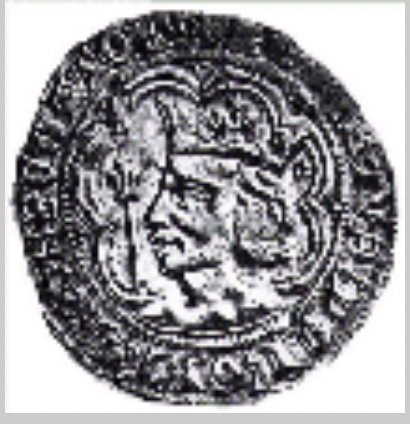
Robert II of Scotland
(1371-1390)
Robert was the son of Robert I's daughter Marjorie and her husband Walter the Steward. He took Stewart as his surname, and so became the first monarch of the Royal House of Stewart.
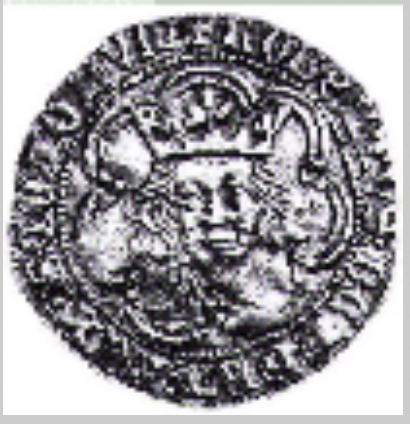
Robert III of Scotland
(1390-1406)
When Robert II died, he was succeeded by his 53-year-old son John, who took the name Robert III (as his given name John brought back defeatist memories of John Balliol).
Read More
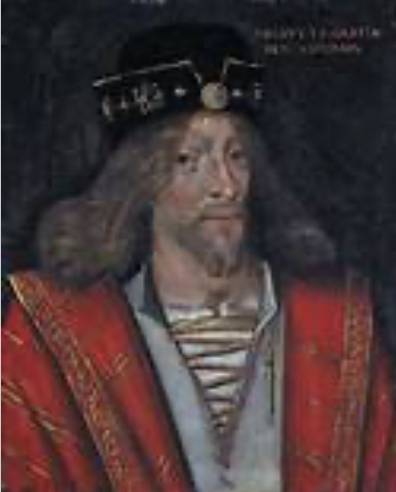
James I of Scotland
(1406-1437)
After his capture, James I was held prisoner by Henry IV of England who, however, saw that he received an education appropriate to his royal birth.
On the death of his father in 1406, he was the first of a series of Scottish kings who inherited the throne as minors, throughout the fifteenth century.

James II of Scotland
(1437-1460)
Born at Holyrood on 16 October 1430, James II was only six years old when his father was murdered at Perth.
James II was crowned in Holyrood Abbey, Edinburgh in 1437, the first king not to be enthroned at Scone since Kenneth MacAlpin (843-58). James' minority was dominated by the struggles of rival families for power in the realm and control of the king.

James III of Scotland
1460-1488
Born at Stirling on 10 July 1451, James was nine when he inherited his father's throne.
His mother ruled as Regent until she died in 1463. James' long minority was marked by unstable relations with England and ambitious aristocratic factions.
He began to rule for himself in 1469, soon facing great difficulties in restoring strong central government, shortly after his marriage to the pious Princess Margaret of Denmark.

James IV of Scotland
1488-1513
James IV, born on 17 March 1473, was 15 when he was forced to ride to the Battle of Sauchieburn where his father was killed. For the rest of his life he wore an iron belt as a penance.
For the first time in a century, Scotland had a king who was able to start ruling for himself at once for, as Erasmus once commented, 'He had wonderful powers of mind, an astonishing knowledge of everything, an unconquerable magnanimity and the most abundant generosity.
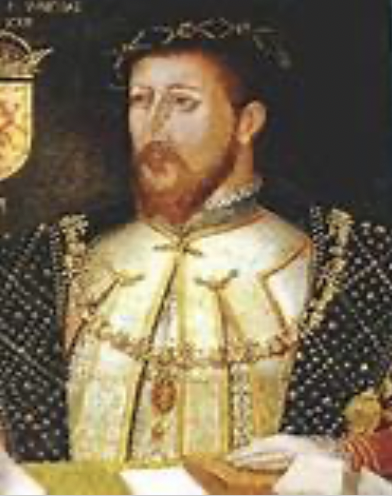
James V of Scotland
1513-1542
When James IV was killed at Flodden, yet another royal minority ensued, for his son James V was only one year old.
The Scots were reluctant to accept his English mother Margaret Tudor as Regent, and after her remarriage in 1514 they replaced her with James IV's half-French cousin, the Duke of Albany.
Queen Margaret's tempestuous private life complicated her son's childhood, and after she divorced her second husband, Archibald Douglas 6th Earl of Angus, the Earl kidnapped young James.
For two years they held him captive, showering him with gifts and introducing him to a round of unsuitable pleasures. James loathed his former stepfather, and finally managed to escape in 1528, to rule by himself.
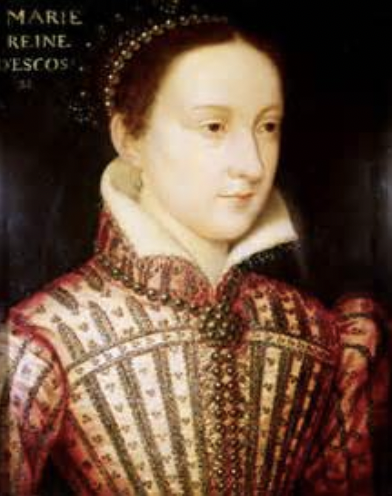
Mary Queen of Scots
1542-1587
Born at Linlithgow Palace, West Lothian on 8 December 1542, Mary became Queen of Scots when she was six days old.
Her claims to the throne of England were almost as strong as her claims to the Scottish throne. As Henry VII of England's great-granddaughter, Mary was next in line to the English throne, after Henry VIII's children.
Given her youth and sex, the Scottish nobility decided that they must make peace with England, and they agreed that she should marry Henry VIII's son, the future Edward VI.
No sooner had the treaty been arranged, however, than Catholics opposed to the plan took the young Mary to Stirling Castle and, to Henry's fury, they broke the match, preferring to return to Scotland's traditional alliance with France.
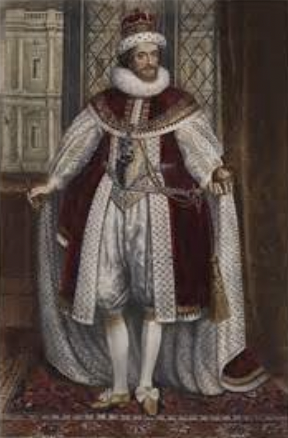
James VI of Scotland and I of England
1567-1603
Born in Edinburgh Castle on 19 June 1566, James was the only son of Mary, Queen of Scots and her second husband, Lord Darnley.
He was less than a year old when he saw his mother for the last time, and thirteen months old when he was crowned King of Scots in Stirling after her forced abdication.
His childhood was constantly disturbed by the struggles of the nobles who vied for control of him. Given a demanding academic education by his tutor George Buchanan (who tried to teach him to hate his mother) and advised by four successive regents, he grew up to be a shrewd, wary intellectual who managed to reconcile the warring factions among his nobility with such success that he has been described as 'the most effective ruler Scotland ever had'.
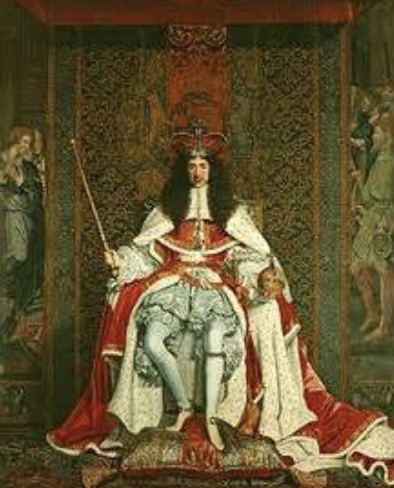
Charles II of Scotland and England
The eldest surviving son of Charles I, Charles had been eight years old when Civil War broke out. He was with his father at the Battle of Edgehill and in Oxford, until ordered by him to seek the safety of France.
The Scots were horrified when Charles I was executed in 1649, and while England became a republic, they proclaimed his son king, and invited him to come to Scotland. Agreeing to Presbyterian demands that he sign the National Covenant, he did so.
Cromwell then marched north, defeated the Scots at the Battle of Dunbar on 3 September 1650, captured part of southern Scotland and seized and removed the nation's public records, although he did not manage to take the Honors of Scotland (the Scottish regalia).
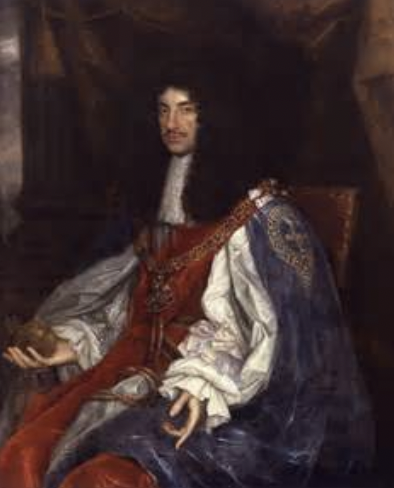
James VII of Scotland and II of England
James was the younger brother of Charles II. He escaped to the continent during the Civil War and had a distinguished military career in the French and Spanish armies before returning to London at the Restoration.
Because of growing disquiet about James' Roman Catholicism, Charles told him that he must leave England temporarily. After a period of exile in Holland, James went to Scotland as the King's Lord High Commissioner in 1679 and 1680.
He stayed at the Palace of Holyroodhouse in Edinburgh and culture flourished in the capital under the patronage of his vice-regal Court.
The Jacobite Claimants

Prince James Francis Edward
James Francis Edward, the son of James VII and II and his second (Roman Catholic) wife Mary of Modena, was born on 10 June 1688, long after everyone had given up hope of the queen bearing a living son.
His birth immediately precipitated fears of a Roman Catholic succession in England, and on 9 December that same year, his mother disguised herself as a laundress, wrapped up the baby like a bundle of washing, and escaped with him to France.
The exiled royal family was allowed to stay in the Palace of St Germain, and there James was brought up. When his father, the deposed James II, died after a stroke in 1701, Louis XIV publicly recognised his son as James VIII and III. However, in 1713 Louis made peace with Britain and James was forced to leave France, settling first in Avignon, then in Bologna and finally in Rome.

Bonnie Prince Charlie
Bonnie Prince Charlie' was born in the Muti Palace in Rome in 1720 amidst great rejoicing, for Jacobites throughout Western Europe looked to him to win back the British throne for the Stuarts.
In 1743 the French decided to send an invading force to Britain, led by 'the Young Pretender', as his enemies called him. The scheme fell through due to stormy weather. The Prince decided to go ahead without French assistance, and he set out for Scotland with only a handful of companions, landing in the Outer Hebrides in July 1745 O.S.
By sheer force of personality he won over the Highland chiefs, captured Perth and declared the Union dissolved. He gathered an army of 5,000, marched to Edinburgh, and defeated a Hanoverian force led by Sir John Cope at the Battle of Prestonpans, near Edinburgh in September.
Prince Henry Benedict Born in Rome in 1725, Prince Henry Benedict resembled his reserved, scholarly father in nature. Soon after the failure of the '45 Rising he entered the Roman Catholic priesthood (thus ending any prospect of having an heir), becoming successively a Cardinal, Archbishop of Corinth and Bishop of Tusculum His brother Charles had been furious when he took holy orders, for he and his father had always tried not to emphasize their family's Roman Catholicism, fearing that it would prejudice their chances of winning back the throne of Protestant Britain. However, when Charles finally moved back to Rome after their father's death, the brothers were reconciled. Henry Benedict tried to persuade Charles to stop drinking, consoled him when his wife ran away with the Italian poet, Alfieri, and gave him financial support. |


